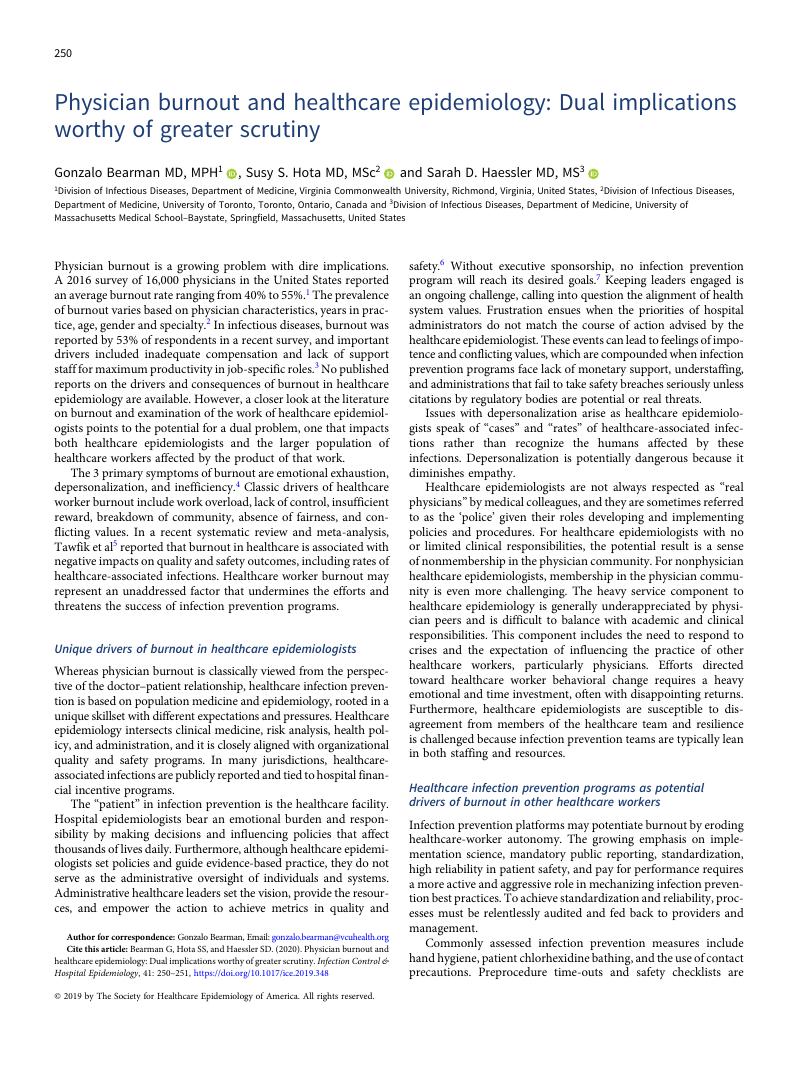Crossref Citations
This article has been cited by the following publications. This list is generated based on data provided by Crossref.
Zhou, Ting
Xu, Changshun
Wang, Cunliang
Sha, Sha
Wang, Zhe
Zhou, You
Zhang, Xinran
Hu, Die
Liu, Yinqi
Tian, Tengfei
Liang, Sixiang
Zhou, Li
and
Wang, Qian
2022.
Burnout and well-being of healthcare workers in the post-pandemic period of COVID-19: a perspective from the job demands-resources model.
BMC Health Services Research,
Vol. 22,
Issue. 1,
Bachanovikj, Marina
2023.
Characteristics of the job demands of healthcare workers in different segments of the healthcare sector.
Archives of Public Health,
Vol. 15,
Issue. 1,
p.
33.



